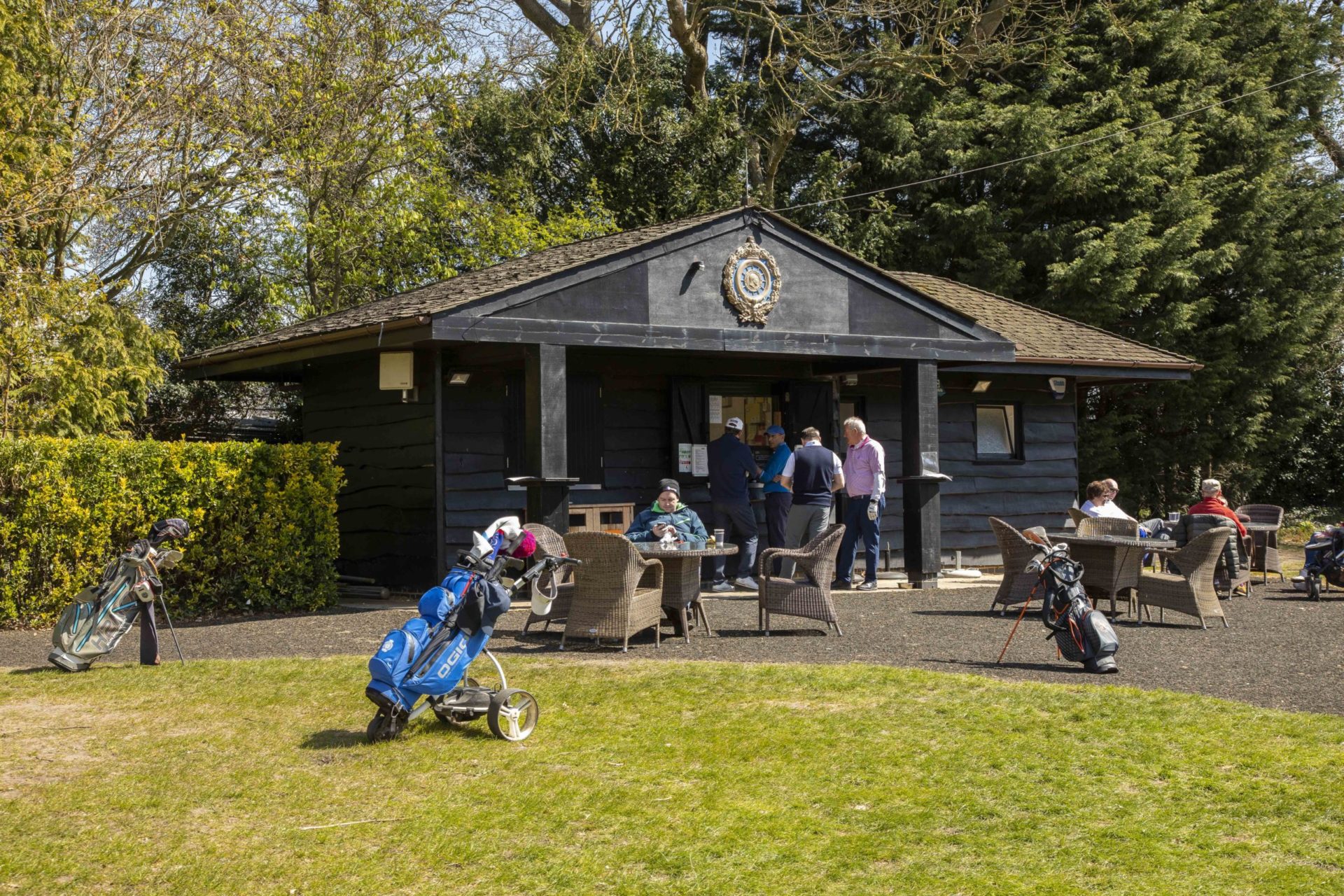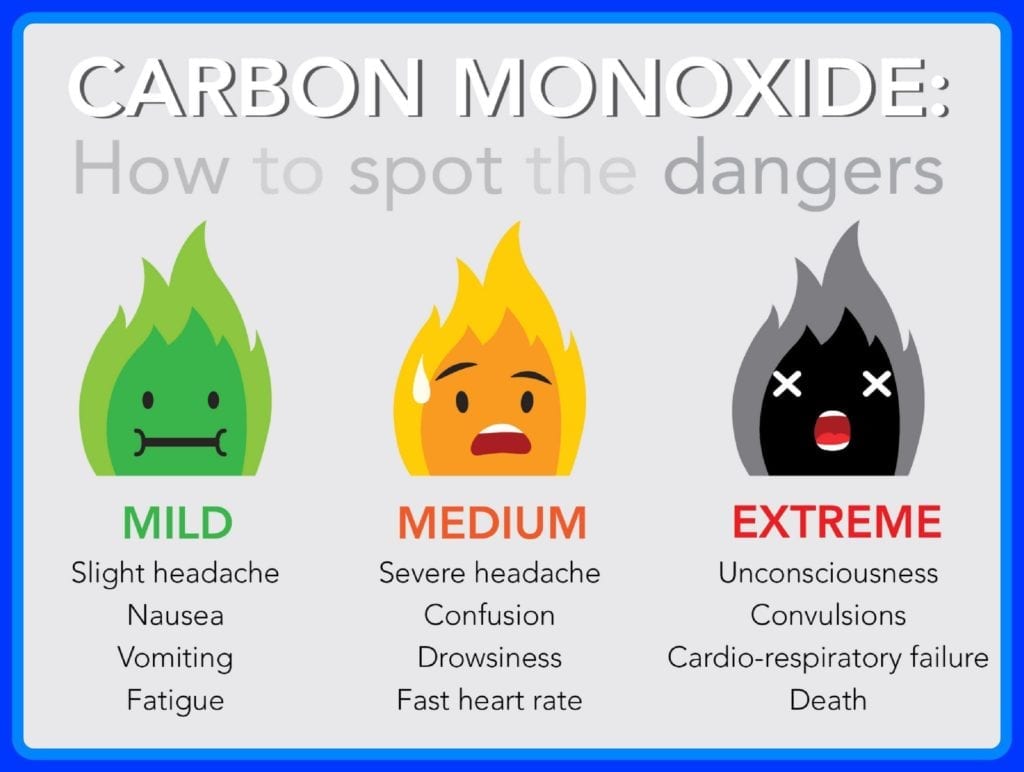Table Of Content

School expulsion, lost jobs or even trouble with the law can result to this. The cost of staying in a halfway house varies depending on the location and amenities offered, and whether or not residents are responsible for their own food and other expenses. Prices can range from a few hundred to even a few thousand dollars, depending on the facility.
Lebanon, Virginia halfway house, former president sentenced for wire fraud, false statements - WJHL-TV News Channel 11
Lebanon, Virginia halfway house, former president sentenced for wire fraud, false statements.
Posted: Thu, 14 Mar 2024 07:00:00 GMT [source]
Halfway houses for patients
Residents are responsible for keeping one another in check so that they won’t face these consequences. In this article, we’ll go through the different halfway house rules and regulations. Design For Recovery is committed to helping you or your loved one live a fulfilling life free from alcohol and drug addiction. If you or a loved one are struggling with addiction or mental health disorders, call and speak with a member of our team today. At Ocean Recovery, we understand that your environment has the potential to shape your recovery journey. We offer placement services for those who are in need of a safe, structured, stable home environment during recovery.
Is a Halfway House Right for Me?
Ultimately, the decision about whether or not to allow daytime leave will depend on factors such as the individual needs and circumstances of each resident, as well as the goals and philosophy of the facility itself. David Beasley is a compassionate leader and the visionary founder of Design for Recovery Sober Living Homes, where he dedicates his life to helping individuals reclaim their lives from addiction. Visitation at a halfway house is subject to strict rules that limit the types of objects that may be brought inside the house. Before a visitor is allowed in, the house will normally inspect their belongings.

What you should know about halfway houses
Most of the centers are run by contractors, and the Federal Bureau of Prisons provides oversight. The services and resources a halfway house provides depend on the type of operator, the purpose of the residence and the types of residents who live there. In general, halfway houses have strict rules, accountability tests and resources to aid residents. Most houses have some form of house manager, supervisor or on-site landlord. Prison systems in many states use halfway houses to help individuals re-enter society after incarceration.

Most people do not need to live in a halfway house for more than 4 or 5 months. The length of stay can vary according to the level of care provided at the halfway house you choose. Most houses encourage a minimum stay of at least two to three months and may have a maximum stay between six months to one year to promote progress. Inquire about the various lengths of stay that the halfway houses near you may offer when doing your research. Halfway House staff helps recovering addicts and former inmates reintegrate into society while living in a controlled environment. Halfway houses are less disciplined than inpatient rehab centers but slightly more regulated than sober homes.
Consistent steps toward recovery will be expected since, again, a halfway house is transitional in nature. The lack of oversight and regulation in transitional living arrangements is a pressing issue, as it exposes residents to potential risks and undermines their chances of successful reintegration into society. Halfway houses are often run by private organizations or individuals who may not be held accountable for the quality of care they provide. This lack of oversight can lead to unsafe living conditions, inadequate access to healthcare, and insufficient support services for residents. Most halfway houses do not provide medical care, but many provide drug abuse programming. Federal prisoners can participate in a residential drug abuse program in prison and move to a transitional drug abuse treatment program in a halfway house.
Ensuring the safety of residents and the surrounding community is a crucial aspect to consider when evaluating transitional living arrangements for individuals leaving incarceration. Halfway houses are no exception, as they house individuals with criminal backgrounds who may pose a risk to themselves or others. Safety concerns in halfway houses can arise from various factors such as inadequate staff training, lack of community integration, and insufficient security measures. The intensity of care and types of services offered vary depending on the residents’ stage of recovery.
Halfway houses designed for people in early stages of recovery provide more resources and structure than three-quarter houses, which are sober living homes for people who have a longer history of sobriety. Halfway houses can also help people with other mental health disorders find stable housing after mental health treatment. Transitional living environments for people with a history of homelessness may also be called halfway houses. 12 step programs are often used in acquiring a client’s spiritual goals as well. Once an individual has been deemed ready to leave the hallway house, it is time to reintegrate fully back into the community and live independently.
Recovery Residences After Treatment
Registered sex offender is a suspect in murder of visiting nurse in Willimantic: court docs - NBC Connecticut
Registered sex offender is a suspect in murder of visiting nurse in Willimantic: court docs.
Posted: Mon, 30 Oct 2023 07:00:00 GMT [source]
In some cases, the court mandates an individual to stay in a halfway house. Funding and resource challenges present significant obstacles to the effective operation of transitional living arrangements, such as halfway houses. These facilities are designed to provide a supportive environment for individuals who are transitioning from incarceration or addiction treatment programs to independent living.
Thus, while the debate continues, it is essential to consider all options and weigh their potential benefits before implementing them as alternatives to halfway houses. Using a metaphorical lens, one might say that reducing recidivism requires planting many seeds and nurturing each one individually for optimal growth. While the benefits and drawbacks of halfway houses have been debated extensively, the impact of educational and vocational training programs within these facilities remains a largely unexplored topic.
A halfway house is a sober living facility intended to be a transitional environment for recovering addicts. Unlike rehab, halfway houses provide structure and support without ongoing addiction treatment. The term halfway house can refer to a number of transitional living environments that help people re-enter society. For people in recovery, it usually refers to sober living homes that provide varying degrees of support and supervision. These sober living homes offer transitional housing for those who are in recovery, helping individuals transition back into society and maintain their sobriety outside of a controlled treatment environment. The structured environment of halfway houses usually includes support staff like a house manager and medical and mental health professionals.
Apart from the closure of these federal halfway houses, though, it appears that, long "pre-release" federal halfway house placements will become the exception, rather than the norm, under the new administration. Now, during the COVID-19 pandemic, it is even more important that the public focus on the jail-like conditions of halfway houses which put vulnerable populations at risk. As of August 18, federal Residential Reentry Centers (RRCs) had 122 active cases, and 9 deaths, of coronavirus among halfway house residents nationwide. However, recent investigative reports suggest that the real numbers are even higher, as the BOP continues to underreport cases in RRCs and state-level data is nearly non-existent.
To utilize this service, visitors must first schedule the video visit with the halfway house staff and have it approved. The staff will notify you when you have been given the green light to visit a loved one via video chat. Should there be technical difficulties or connection issues during the video visit, visitors may notify the staff so they can consider extending their time slot. Visiting policies at halfway houses are developed in accordance with local regulations. When it comes to dress code, visitors are expected to dress appropriately and neatly when visiting facilities. It is advised not to wear excessively tight and revealing or provocative clothes, such as see-through clothing.
Halfway houses are among the most popular types of transitional living arrangements, offering several benefits to their residents. How long you stay depends on the sober-living facility and your progress in recovery. Some sober-living facilities are only offered for as long as you are in the treatment program. For others, you can remain in a sober-living environment after treatment is completed.
Insurance coverage and other financial support are sometimes available to help with the cost. Some halfway houses also require residents to work or seek gainful employment during their stay. A halfway house is a good option if returning to normal life is too overwhelming, but you no longer need medical supervision. It allows you to live in a safe, substance-free environment while readjusting to life outside treatment.

No comments:
Post a Comment